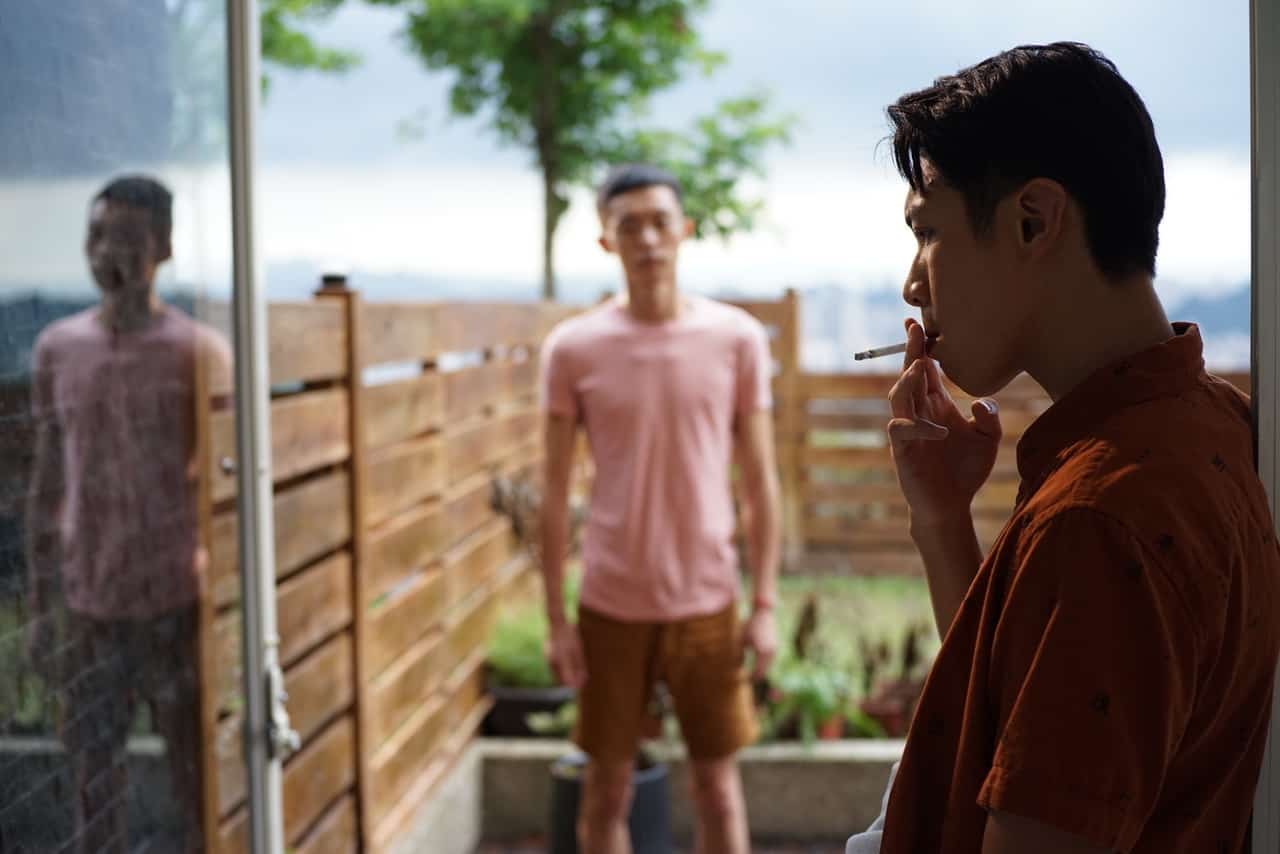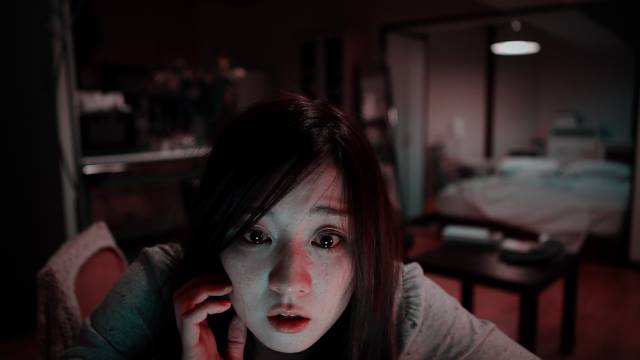Mermaid fairy tales have enjoyed lasting popularity since Andersen's “The Little Sea Maid” and La Motte-Fouqué's “Undine”. Recent (unequal) reboots can further attest to this enduring appeal. Nothing surprising when considering the universality of these legendary creatures across civilizations and times. As for Japanese folklore, the Ningyo has gained a significant prominence not long ago through Miyazaki's “Ponyo” (2008). Just a decade later, the director of the celebrated “Mind Game” (2004), Masaaki Yuasa, developed his own rendition, this time in the form of a coming-of-age narrative.
Kai Ashimoto, a taciturn and disillusioned middle school student, is raised in a small coastal town by a single father in the handcrafted umbrella shop of his grandfather, a retired fisherman. After being exposed for posting music demos online, he agrees to join his classmates, the wannabe Yuho and the carefree Kunio, in a rock band named SEIREN, with little enthusiasm so to speak. The peculiarity of Kay's family history is marked by tragedy: his grandmother allegedly drowned at sea, rumored to have been caused by… a merfolk. Indeed, Hinashi is no ordinary place, shadowed by a massive rocky island known as Ningyojima, or Merfolk Island where a themed amusement park once stood.
Check the interview with the director
One evening, while listening to an old cassette recorded by his father during his teenage years, Kai notices an unusual vividly colored fish from his window, seemingly drawn to the music. To his surprise, the fish turns out to be more than just a fish; it's Lu, a playful childlike mermaid. And it soon becomes apparent that music has a special effect on her.
Should you bear with me through this article, you might have an interest in anime. I must confess: I am no otaku. And for the sake of clarity, from a purely feature-film analysis perspective, let me agree to disagree that a great deal of anime was quite overrated. Obviously both a genuine enthusiasm for the fascinating Japanese culture (from Yokai to Yurei, from Kawai to Mecha) and its original creativity in form, which far surpasses the exhausted narrative of Walt Disney's, and can easily explain it. But when confined to film analysis alone, it becomes apparent that the undeniable poetry of Leiji Matsumoto or Mamoru Oshii did not always translate into remarkable film achievements, regrettably. However, any film fan would acknowledge that the framework of movie critic is perfectly applicable to the Akiras (Katsuhiro Otomo, 1988), the Perfect Blues (Satoshi Kon,1997), as well as to the mature works by Isao Takahata and Hayao Miyazaki that are written and edited much better than most feature films. Sadly, “Lu Over the Wall” does not meet these standards.
There are several ways to look at it. Either the creative film crew attempted to combine too many diverse ideas out of pure goodwill, or Yuasa himself struggled to determine the specific direction he wished to pursue with his film. We can clearly see the will to be contemporary and engage the teenage audience by prominently featuring mobile phones, pop music and viral videos, and that's ok. We obviously notice the work on the visual form with the change in graphic style at pivotal moments, transitioning from a naive “Panda! Go, Panda!” (1972) retro-style (Yoko Nemu, a Shojo mangaka being responsible of part of it) to arty colorful pastels graphics, and that's perfectly fine. We are touched by the social background addressing themes such as divorce, with an absent mother, economic struggle of rural towns, with a struggling fishery potentially revived by tourism, and even loss of spirituality or animal welfare, and that's off course meaningful. Moreover, the frequent and delirious references to manga culture throughout the film are certainly amusing, such as the presence of the hilarious Mer-dog called Wangyo or the huge Totoro-inspired shark-like father figure (equally fun is this idea of aggressive biting mermaids when considering the original intent was a vampire story !).
However, at some point, the significant contrast between the lack of resolution in the animated characters and the beautifully rendered backgrounds (especially Hinashi town at night) highlights the overall feeling of inconsistency. Intentions are not enough, especially when comparing it to Ayumu Watanabe's recent iteration, “Children of the Sea” (2019), which achieves graphical superiority while following a more conventional storytelling. However, a true anime fanatic may seek something beyond this conventional filming aspects, and I leave the door open bearing in mind that the film won the Crystal Award at the discerning Annecy International Animated Film Festival and generally received positive reviews.
As I was told by my 10 year old kid seated next to me: “ it was a bit wishy-washy at times”. Not that he didn't enjoy it, not that he lost attention at any moment (neither did I, by the way), but I believe the lack of a clear direction, whether to delve into the teenage psyche, explore the social ecosystem of a declining coastal town, or embrace the feel-good, happy-ending fairytale, is certainly detrimental. Maybe a bit too much for one single movie.
















